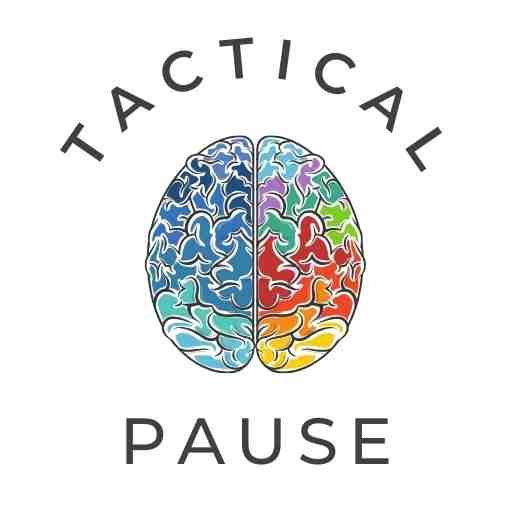Description
Diaphragmatic Breathing, commonly referred to as “deep breathing,” involves engaging the diaphragm fully to fill the lungs with air. This breathing technique emphasizes the expansion of the abdomen rather than the chest when breathing. It’s a fundamental practice in various forms of meditation, yoga, and relaxation techniques, and it’s used to foster a state of calm and focused relaxation.
Benefits
- Reduces Stress: Activates the body’s relaxation response, diminishing stress and anxiety.
- Lowers Heart Rate and Blood Pressure: Can help in reducing heart rate and blood pressure, particularly in stressful situations.
- Improves Core Muscle Stability: Strengthens the diaphragm and can improve core muscle stability.
- Enhances Lung Function: Promotes more efficient and fuller oxygen exchange.
- Increases Energy Levels: Can lead to improved energy levels due to more efficient oxygen intake.
Steps
- Comfortable Position: Sit or lie down in a comfortable position. If sitting, keep your shoulders relaxed and back straight.
- Hand Placement: Place one hand on your chest and the other on your abdomen. This will help you be aware of the movement of your diaphragm.
- Inhale Slowly: Inhale slowly through your nose, focusing on expanding your abdomen rather than your chest. Feel the hand on your abdomen rise.
- Pause: After inhaling, pause for a moment before exhaling.
- Exhale Slowly: Exhale through pursed lips, feeling the hand on your abdomen lower. The hand on your chest should remain relatively still throughout the process.
- Repeat: Continue this pattern for 5-10 minutes, keeping your breathing even and steady.
Research
- A study on Diaphragmatic Breathing Reduces Exercise-induced Oxidative Stress evidence from the National Library of Medicine (Link to Study).
- Research on The Effect of Diaphragmatic Breathing on Attention, Negative Affect and Stress from the Journal of Psychophysiology (Link to Study).
Important Note
Diaphragmatic breathing is safe for most people, but if you have a respiratory condition, recent surgery, or any other health concerns, it’s advisable to consult with a healthcare provider before beginning a new breathing practice.
The wellness exercises and content provided on this website are for informational purposes only and are not a substitute for professional medical advice, diagnosis, or treatment. Always consult a healthcare professional before beginning any new exercise regimen, and never engage in these practices in environments where loss of consciousness could lead to injury. Tactical Pause is not liable for any harm or injury resulting from the use of information provided herein.
